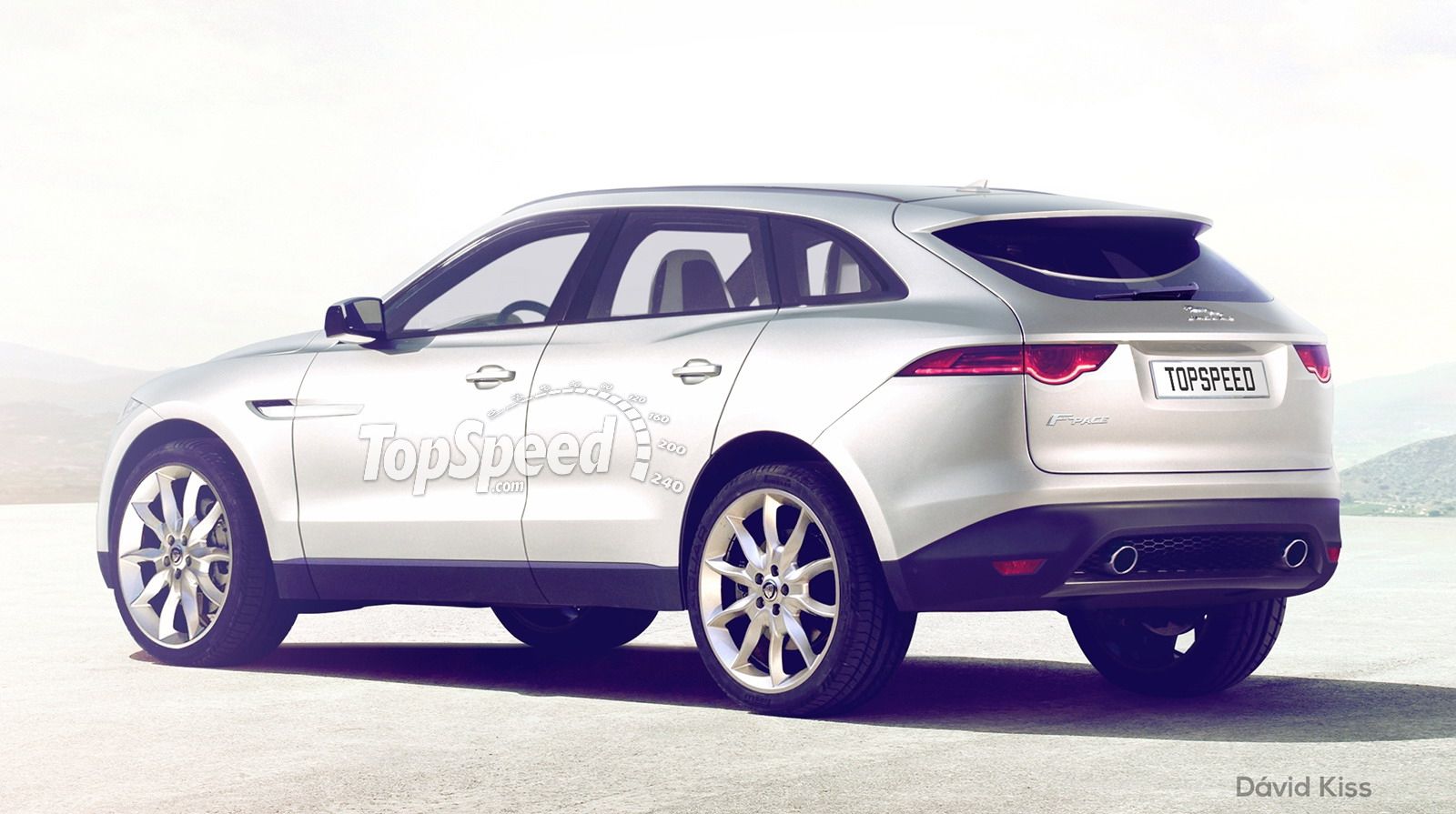Jaguar->ke39 may have two more crossovers->ke288 hitting the market by 2020. These two crossovers will flank the upcoming F-Pace->ke5038 in size – one smaller and one larger.
The larger of the two will be the J-Pace, which will take aim at the Audi Q8,->ke4363 BMW X7,->ke3218 and the Mercedes-Benz GLS-Class.->ke3886 This larger, seven-seat crossover will use the same aluminum architecture as the updated Land Rover Range Rover.->ke469 The J-Pace should also use the same engines as the Range Rover, meaning a series of V-6 and V-8 engines in various states of tune, plus a plug-in hybrid->ke4486 version.
The E-Pace will likely takes most of its bones from the Land Rover Range Rover Evoque->ke3666 and 2016 Discovery Sport. This means that the E-Pace will ride on the D8 architecture, making it a very scalable model in terms of size and drivetrains.
The report from Automobile Magazine speculates that this D8 architecture may make the E-Pace too similar to both the Disco Sport and the Evoque, so it may scale it down even further to compete with the likes of the BMW X1->ke2474 and Mercedes-Benz GLA.->ke4658
Continue reading to learn more about these two SUVs.
Note: 2016 F-Pace Rendering pictured here.
2016 Jaguar F-Pace
Read our full review here.
Why it Matters
Like all smaller automakers, Jaguar needs to pay close attention to consumer demands and answer them sooner rather than later. The crossover market is the latest craze, and Jag is apparently diving in head first with the two new crossovers. The E-Pace will touch on the quickly growing subcompact crossover range (AKA lifted hatchbacks),->ke304 and the J-Type will keep up with the already established large crossover realm.
What’s more, given Land Rover->ke46 and Jaguar will share platforms, this should help spread the development costs, which will help make these models very profitable. Unfortunately, there is a good bit of time between now and 2020, Land Rover may be a little too late to really make a huge impact.

